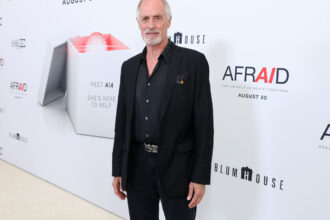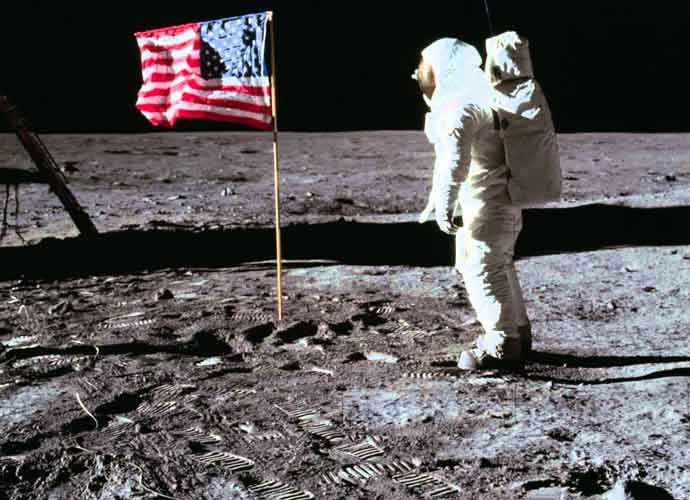

VIDEO EXCLUSIVE: Todd Douglas Miller On 'Apollo 11,' Landing A Man On The Moon

VIDEO EXCLUSIVE: Todd Douglas Miller On 'Apollo 11,' Landing A Man On The Moon
 Pablo MenaMarch 7, 2019, 9:13 pmMarch 7, 2019, 9:13 pmMarch 7, 2019, 9:13 pmDaily Digest, News, Videos
>
Pablo MenaMarch 7, 2019, 9:13 pmMarch 7, 2019, 9:13 pmMarch 7, 2019, 9:13 pmDaily Digest, News, Videos
>

Leave a comment